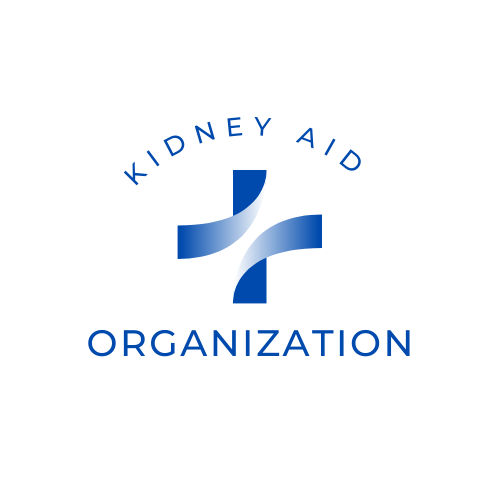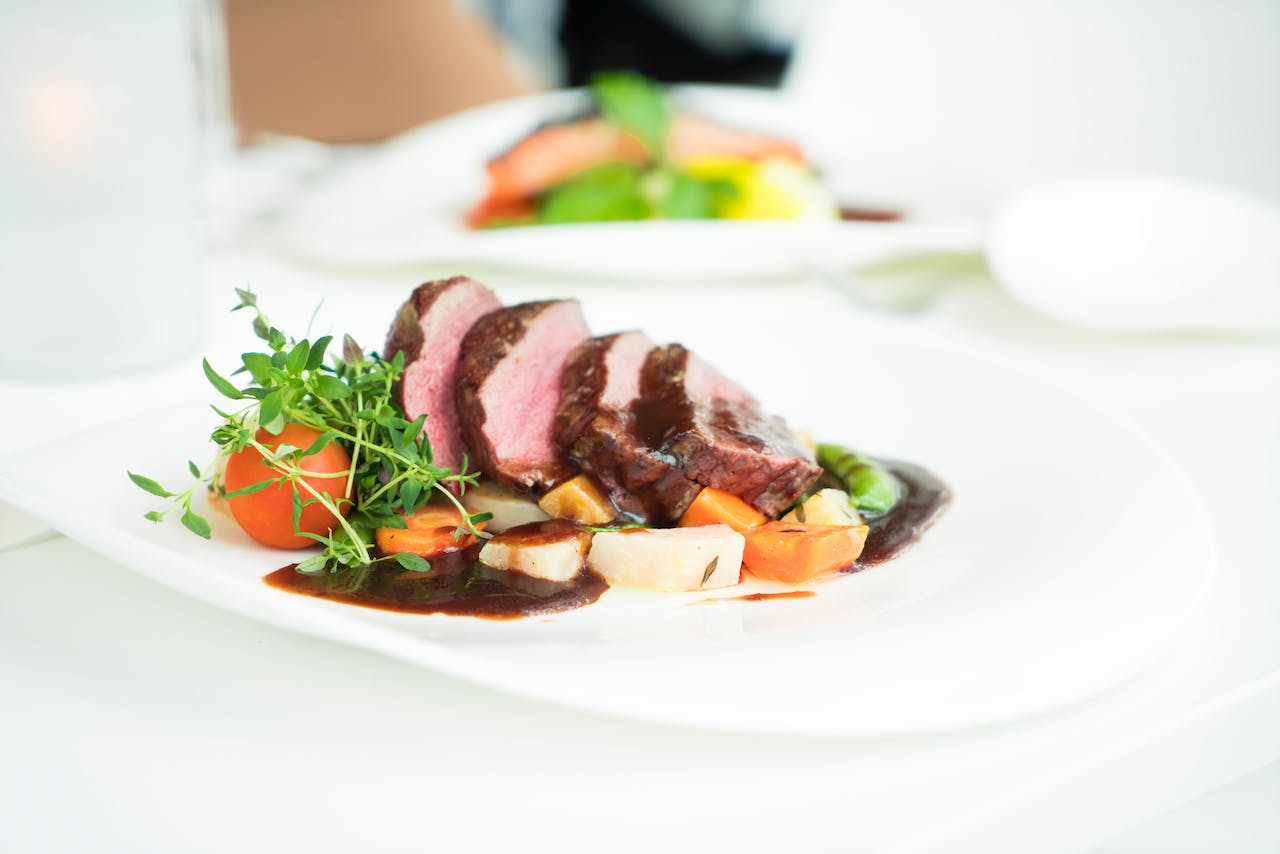For individuals grappling with chronic kidney disease (CKD), the journey to managing their condition involves more than just dietary restrictions. A crucial aspect of this process is mastering the art of creating a renal-friendly grocery list. In this article, we will unravel the intricacies of crafting a shopping list that aligns with the dietary needs of those with CKD, offering practical insights and tips for a healthier lifestyle.
Building Blocks of a Renal-Friendly Grocery List
1. Selecting Kidney-Friendly Proteins
Proteins are a vital component of any diet, but for those with CKD, the type and quantity matter. Opting for lean protein sources such as poultry, fish, and tofu is essential. These choices not only provide necessary nutrients but also minimize the strain on compromised kidneys.
2. Navigating the Produce Aisle with Care
Fruits and vegetables are rich in essential vitamins and minerals, but not all are created equal in the context of a renal-friendly diet. Berries, apples, and cauliflower are excellent choices with lower potassium content. Steering clear of high-potassium options like bananas and oranges is advisable.
3. Mastering the Art of Carbohydrate Selection
Carbohydrates are a significant energy source, and the right choices can contribute to overall well-being. Whole grains, like brown rice and quinoa, are preferable over refined grains. Additionally, controlling portion sizes is key to managing blood sugar levels and promoting kidney health.
Strategies for Smart Grocery Shopping
1. Reading Food Labels
Understanding food labels is a skill that can empower individuals with CKD during their grocery shopping endeavors. Keep an eye out for phosphorus and potassium content, aiming for products with lower values. Many packaged foods may contain hidden additives that can be detrimental, so being vigilant is crucial.
2. Prioritizing Fresh and Whole Foods
While convenience foods may seem tempting, fresh and whole foods are often the best choices for those managing CKD. These options allow for greater control over nutrient intake and minimize the consumption of preservatives and additives.
Collaborating with Healthcare Professionals
1. Consulting a Renal Dietitian
Crafting a renal-friendly grocery list can be overwhelming, especially for those new to managing CKD. Seeking guidance from a renal dietitian ensures that the list aligns with individual health needs and dietary preferences. These professionals offer personalized advice, making the journey to a healthier lifestyle more manageable.
2. Regular Monitoring and Adjustments
As the health status of individuals with CKD may evolve, regular monitoring and adjustments to the grocery list are essential. Periodic consultations with healthcare professionals help ensure that the dietary plan remains effective and aligned with changing health needs.
Conclusion
In conclusion, mastering the art of creating a renal-friendly grocery list is a pivotal step for individuals managing chronic kidney disease. By carefully selecting proteins, navigating the produce aisle with care, and adopting smart shopping strategies, individuals can empower themselves to make healthier choices. Collaborating with healthcare professionals, particularly renal dietitians, adds an extra layer of expertise to the process, ensuring that the grocery list remains tailored to individual needs. Through these proactive measures, individuals with CKD can take control of their nutrition and contribute to an improved quality of life.

